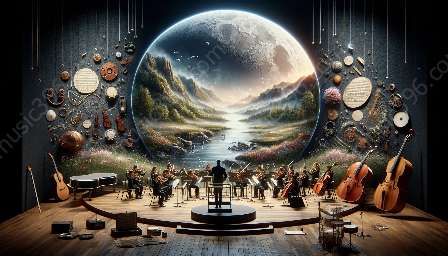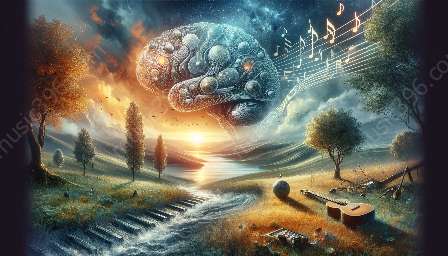The digital age has had a profound impact on the way music is consumed and distributed, reshaping the industry and influencing music history and reference. Let's explore the key trends that have emerged in music consumption and distribution in the digital age, and their significance.
1. Streaming Services
Streaming services have revolutionized the way people listen to music. With platforms like Spotify, Apple Music, and Pandora, consumers have access to vast music libraries at their fingertips. This shift from physical sales to streaming has transformed the music industry's revenue model and how artists gain exposure.
2. Digital Downloads
While streaming has become dominant, digital downloads still play a role in music consumption. Platforms like iTunes and Amazon Music allow consumers to purchase individual tracks or albums for digital download, offering a convenient and accessible way to own music without physical media.
3. Social Media and Viral Marketing
Social media has become a powerful tool for music distribution and discovery. Artists can utilize platforms like Instagram, Twitter, and YouTube to promote their music directly to fans and engage with audiences. Additionally, the viral nature of social media has led to the rapid spread of music, influencing pop culture and music trends.
4. Personalized Playlists and Algorithms
Streaming services use algorithms to create personalized playlists for users, recommending music based on listening habits. These personalized playlists cater to individual preferences and introduce listeners to new artists and genres, shaping their musical experiences.
5. Shift to Independent and DIY Distribution
The digital age has empowered artists to distribute their music independently without relying on traditional record labels. Platforms like Bandcamp and SoundCloud enable musicians to release and distribute their music directly to their audience, leading to a more diverse and decentralized music landscape.
6. Rise of Live Streaming and Virtual Concerts
In response to the limitations posed by traditional live events, live streaming and virtual concerts have gained popularity. Artists leverage platforms like Instagram Live, Twitch, and YouTube to connect with their audience and deliver live performances, creating new avenues for music consumption and interaction.
7. Global Access and Cross-Cultural Influence
Digital music distribution has facilitated global access to music from diverse cultures, fostering cross-cultural exchange and influencing music history. Artists and listeners can engage with music from around the world, contributing to the evolution and fusion of musical styles.
Overall, the digital age has significantly transformed music consumption and distribution, shaping the landscape of the music industry and impacting music history and reference. As technology continues to evolve, it will undoubtedly bring further changes to the way we experience and share music.









































